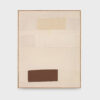What would modern sculpture be without Constantin Brâncuși? Certainly, an entirely different one. After all, the Romanian sculptor (born in 1876) was truly a pioneer of modern sculpture. He turned away from traditional art and bypassed reality with his minimalist aesthetic.
His intense focus on abstract forms and his commitment to craftsmanship made him a source of inspiration for many generations of artists to follow. Brâncuși may have paved the way; his influence is undeniable: but other artists, often inspired by him, also found their own unique language of reduction, creating a new understanding of how sculpture is perceived. Let’s take a look at six of these defining sculptors:
José Gabriel Fernández
Let’s start with José Gabriel Fernández. Born in Caracas in 1957, Fernández is known for his minimalist and monochrome sculptures that abstract the human form. Like Brâncuși, Fernández greatly emphasizes form and materiality in his work: he uses a range of materials including plywood, resin, and plaster with fiberglass. In addition to standing sculptures, he creates works mounted on and leaning against the wall, as well as accompanying series of photographs, allowing him to capture the different perspectives of the sculptures.1
Fernández’s sculptures exude tranquility and timelessness, emphasizing the relationship between the artwork and the viewer. Explore more of his works in this article.
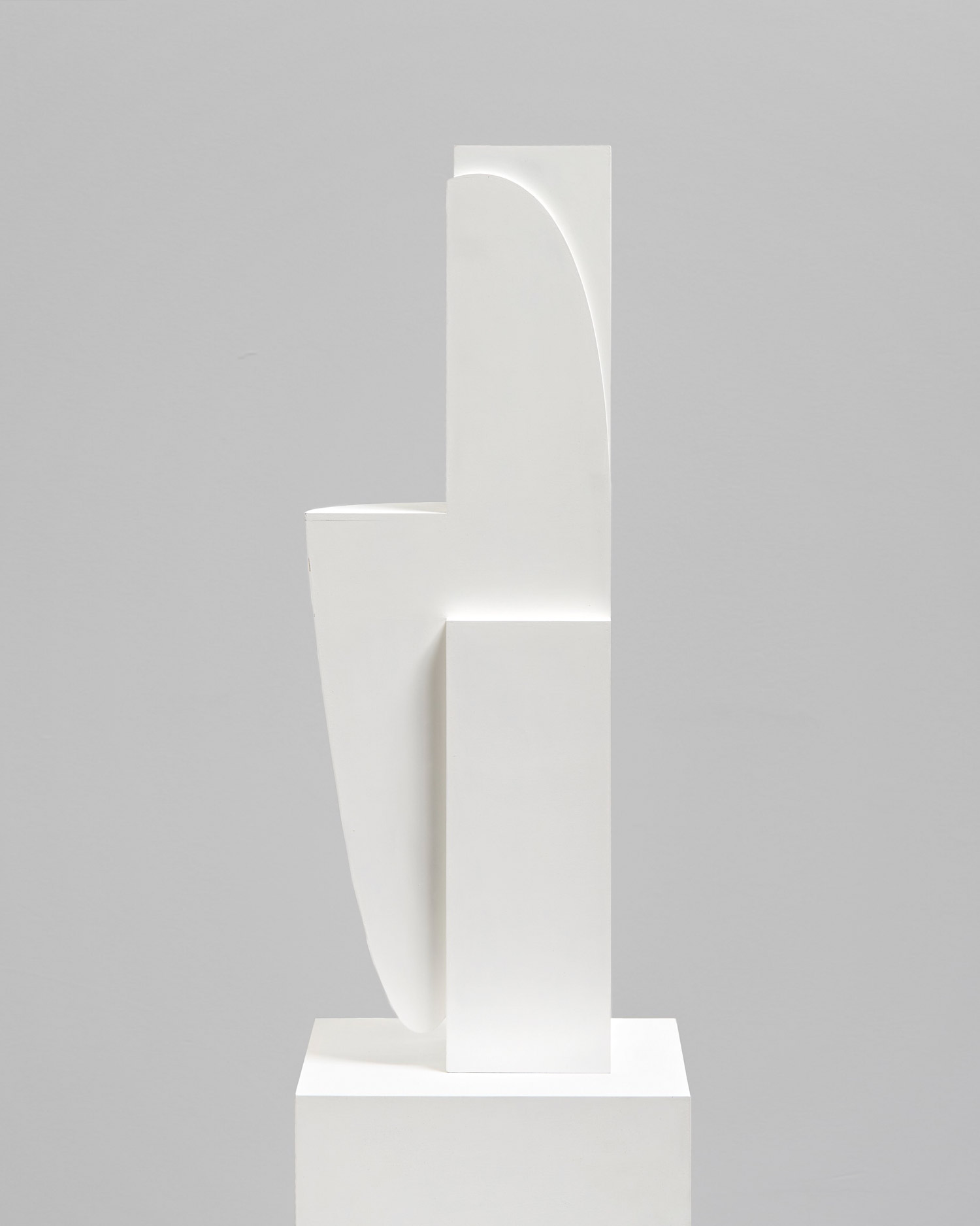
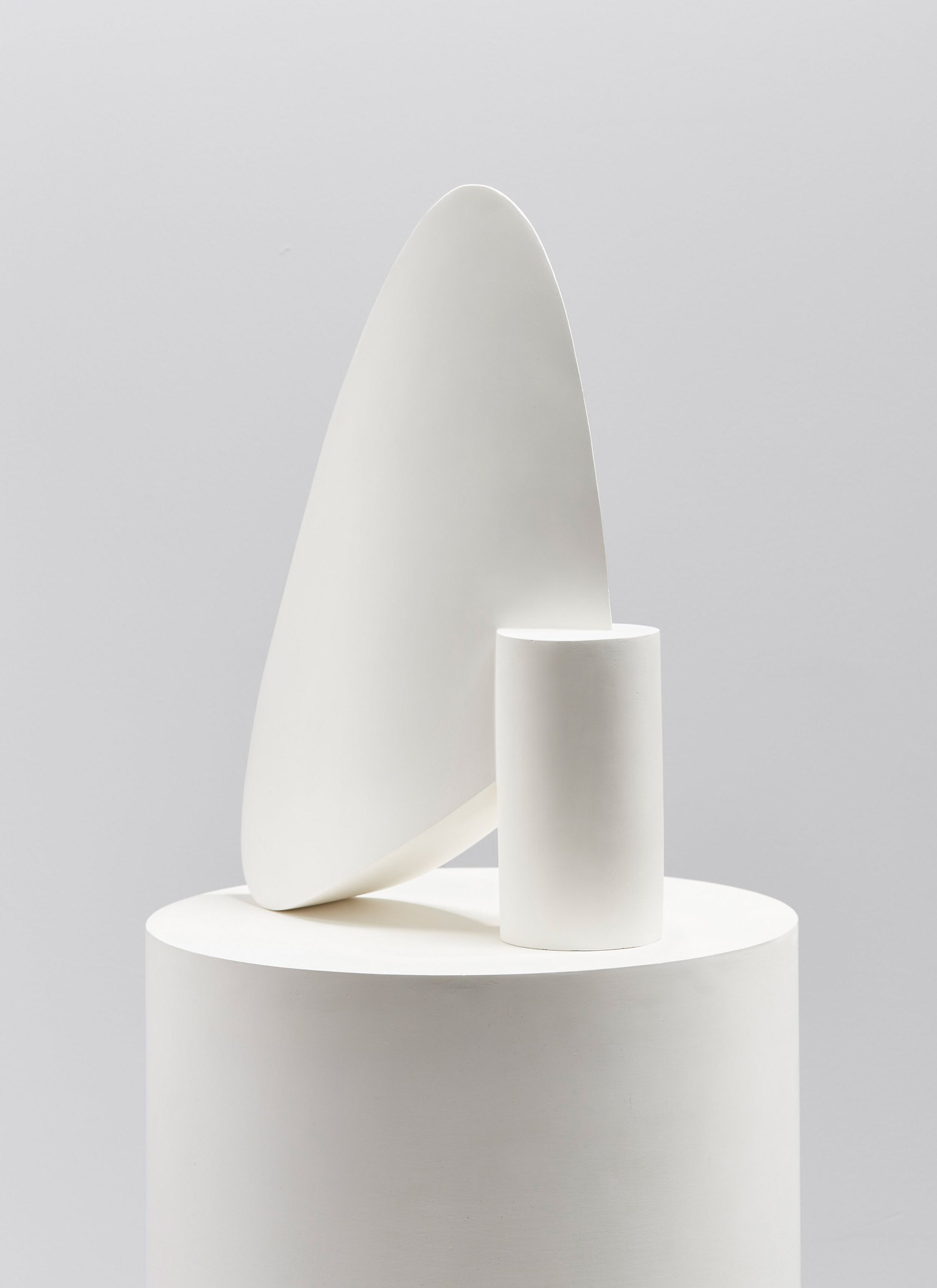
Michael Croissant
Much like Brâncuși, Michael Croissant (1928 – 2002) was a pioneer of his art form and is considered one of the most remarkable German sculptors of the 20th century. Born in Rhineland-Palatinate, Croissant was known for his unique abstract and geometric style.
Michael Croissant’s artistic development is a constant exploration of minimalist forms. His creative process is characterized by ongoing reduction and abstraction. At the same time, his motivation has always been characterized by the search for a contemporary, authentic image of the human being. Over time, Croissant focused more and more on the head, redefining the human face through this reduction to the essential, as you can see in this image and this image. His art is therefore not only an aesthetic experience but also a profound reflective exploration of humanity and identity.
Sérgio de Camargo
In his modular, abstract works, Sérgio de Camargo also explores the relationship between the work and the viewer, but also between light and space. His sculptures are characterized above all by their geometric forms and the use of light marble (although he also created a number of sculptures in black Belgian marble).
Born in Rio de Janeiro in 1930, Camargo spent much of his life in Europe. While studying at the Sorbonne in Paris, he was inspired by the works of Brâncuși.2 Because like Brâncuși, Camargo also shared a similar understanding of space and placement in his sculptures: Both understood their works as part of the space in which they were placed and that this relationship was part of their meaning and expressiveness. See more of his works in this article.
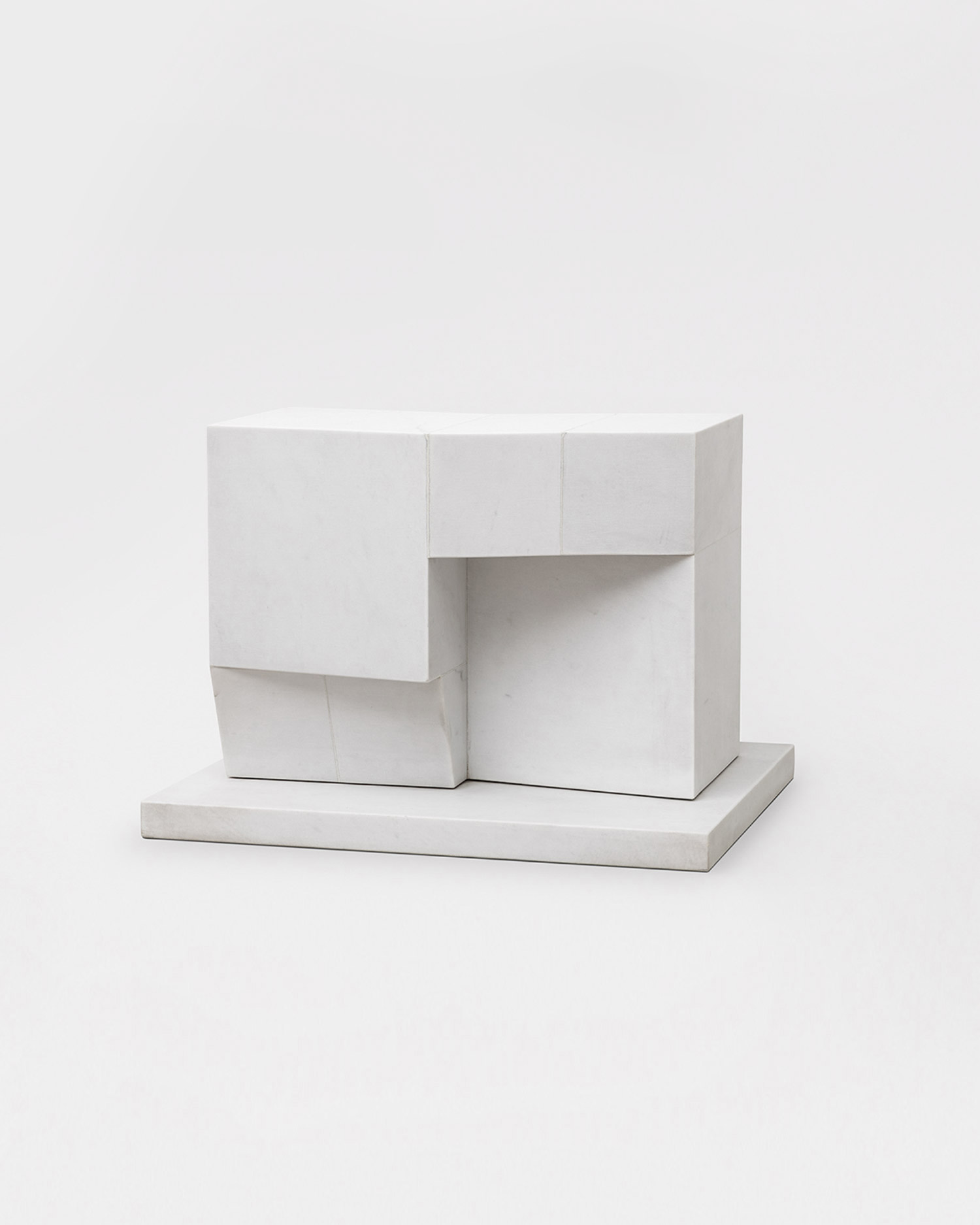
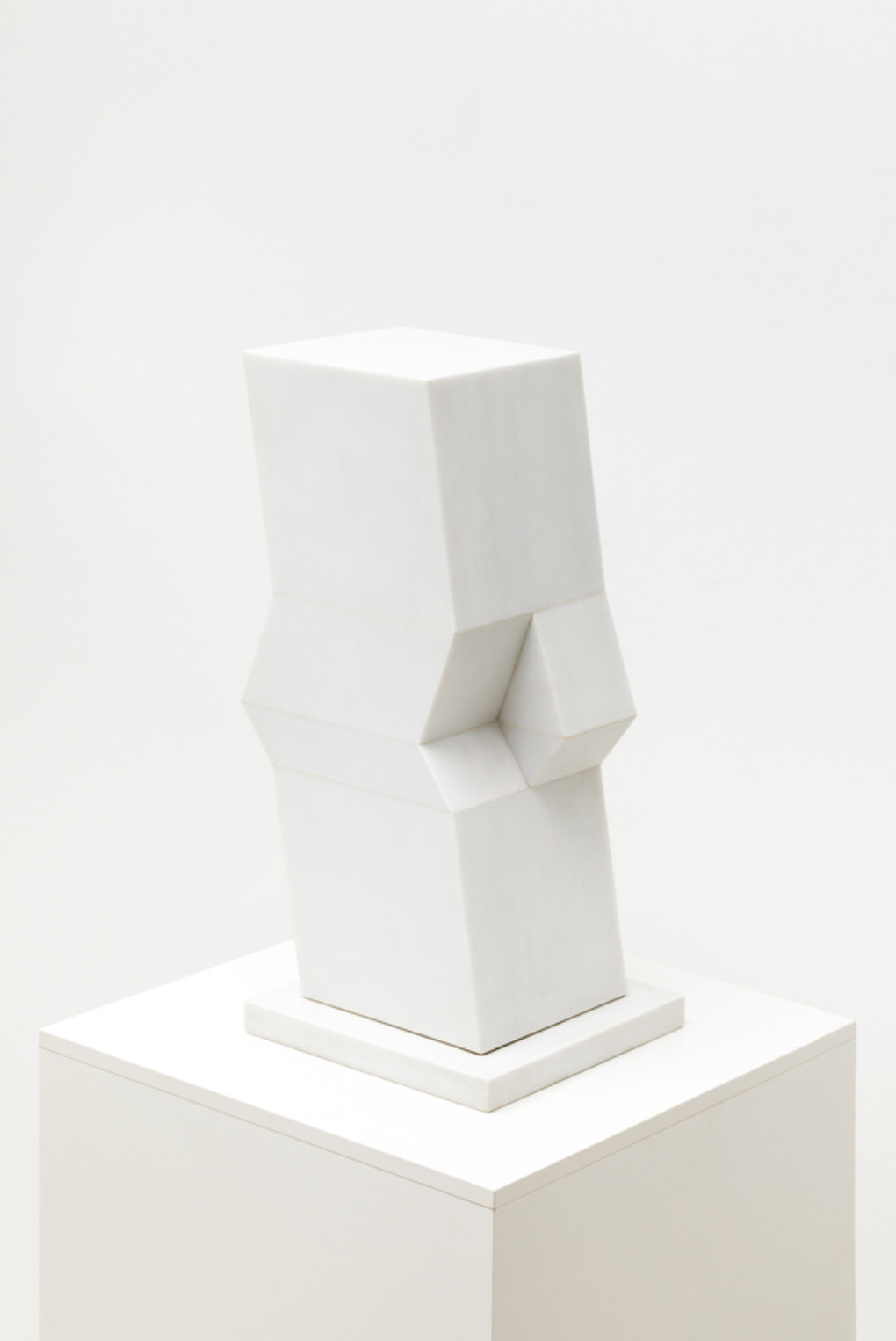
Hans Steinbrenner
Just like Michael Croissant, the German sculptor Hans Steinbrenner (1928-2008) also focused on the reduction of the human form. In the mid-1950s, he met Brâncuși in Paris and discovered an inspiring force in his work.4 In the years that followed, he developed an increasingly reduced formal language.
His cubic, rhythmically structured sculptures embody a minimalist aesthetic that reduces the human body to the strictest geometric forms. He mainly used materials such as shell limestone, wood, and bronze. Steinbrenner’s work represents a remarkable attempt to reduce the complexity of the human condition to its essentials.
Enric Mestre
Spanish artist Enric Mestre, born in 1936, is dedicated to the development of ceramic sculpture as a distinct art form. He began his artistic career with painting and studied at the San Carlos Fine Arts School before deepening his passion for ceramics.
Mestre’s works feature minimalist spatial constructions and architectural structures that strive for a balance between different surfaces, colors, and textures. Despite the carefully planned and developed sculptural objects, Mestre relies on his intuition to produce his works, nourished by impulses from historical and cultural influences, his personal experiences, and by his perception of nature and architecture of his country.3
Enric Mestre has rightly become one of the most important contemporary ceramic artists. See more works by him in this article.
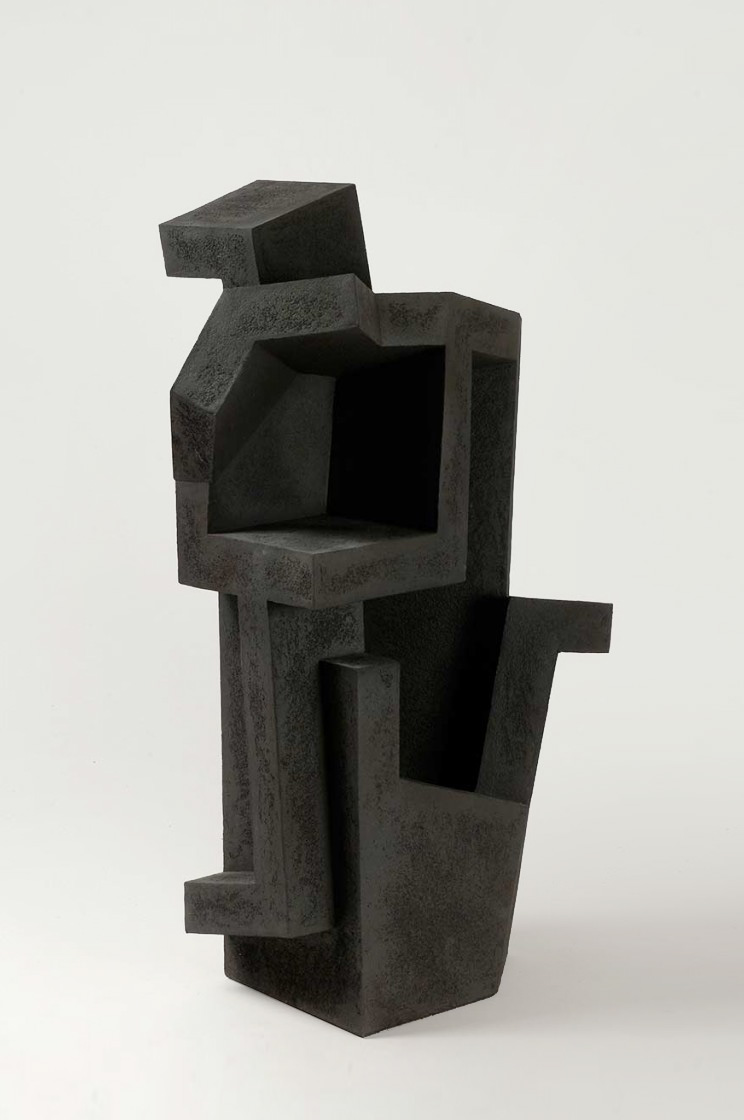
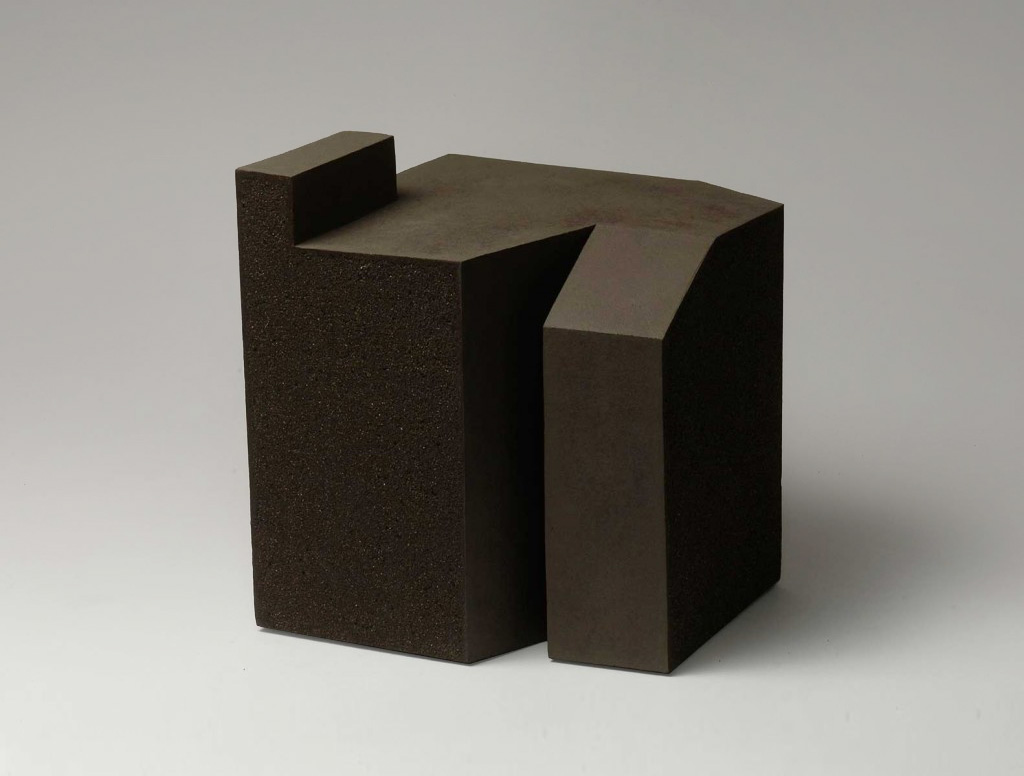
Hilde Van Sumere
Belgian sculptor Hilde Van Sumere (1932 – 2013) is known for her abstract works characterized by lines, textures, and colors. Her sculptures showed a minimalist, geometric nature and constantly striving for balance and harmony. A particular influence for her was a trip to Carrara, Italy, in the late 1960s, where she discovered white marble, which from then on became her favorite material. However, she also worked with materials such as steel, wood, or Plexiglas. Her sculptures radiate calm and balance, capturing the essence of silence. Explore her works here.
Finding the essence
The desire to explore the essence of a form is an ongoing pursuit in sculpture. Artists like Van Sumere and all those mentioned before demonstrated courage in reduction and great respect for materiality. They all contributed to broadening and redefining our understanding and perception of sculpture.
However, these six artists are just a few examples of contemporary sculptors, whether inspired by Constantin Brâncuși or not, who consistently pursue a minimalist aesthetic in their work. In doing so, they continue Brâncuși’s legacy and demonstrate to us that the possibilities of sculpture are far from exhausted.
Contemplating these works invites us to reflect on the nature of art itself and the possibilities of human creativity. They remind us that art is also there to constantly challenge us and make us question the world around us and our own perceptions over and over again – As an ongoing tribute to Brâncuși’s revolutionary artistic mind.
Further Reading / Resources
- https://huxleyparlour.com/artists/jose-gabriel-fernandez/
- https://www.lissongallery.com/exhibitions/sergio-camargo-marmore
- https://www.kaiserslautern.de/tourismus_freizeit_kultur/index.html.de
- https://de.wikipedia.org/wiki/Hans_Steinbrenner_(Bildhauer)
Title image made with Midjourney by Aesence
